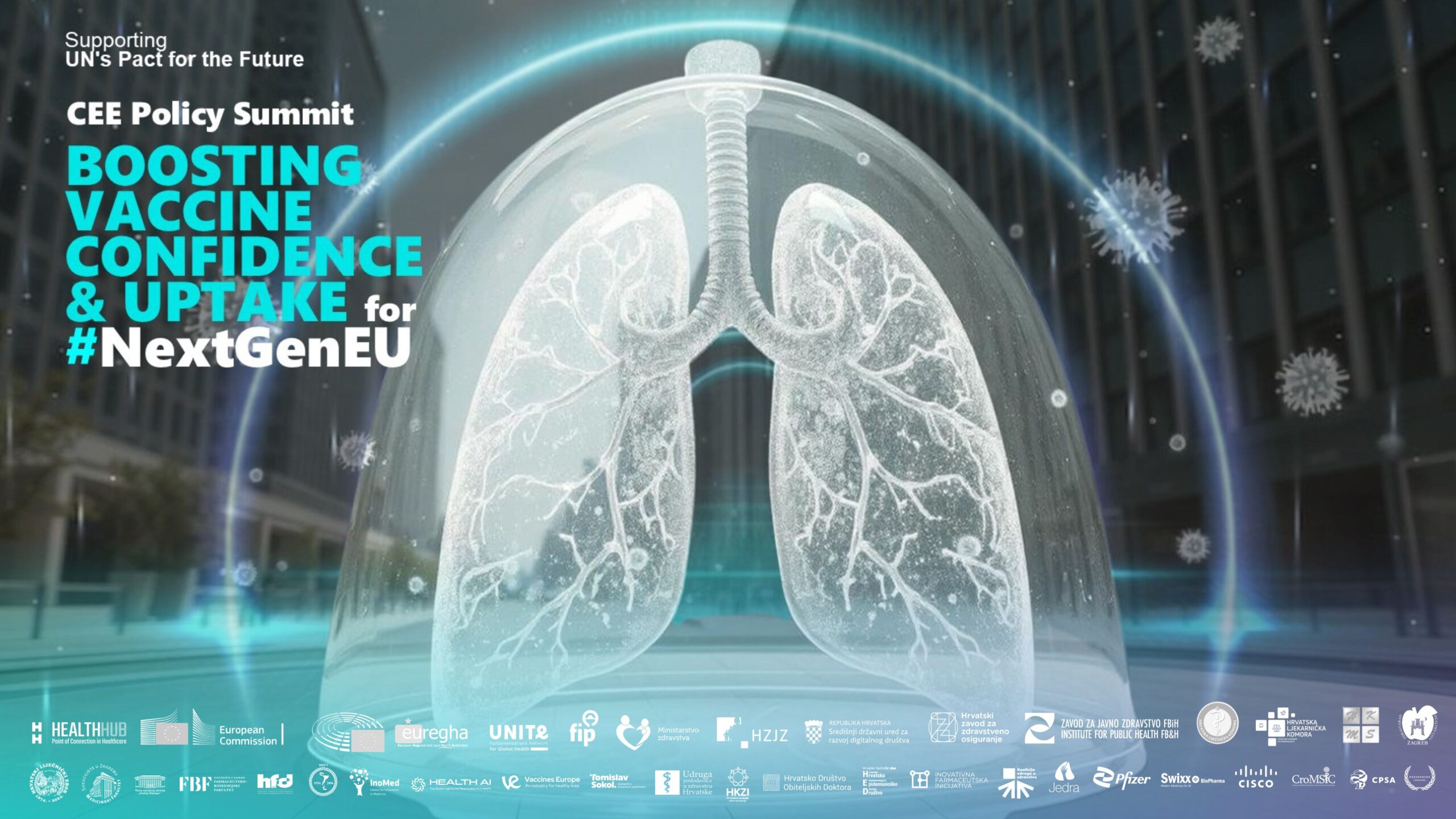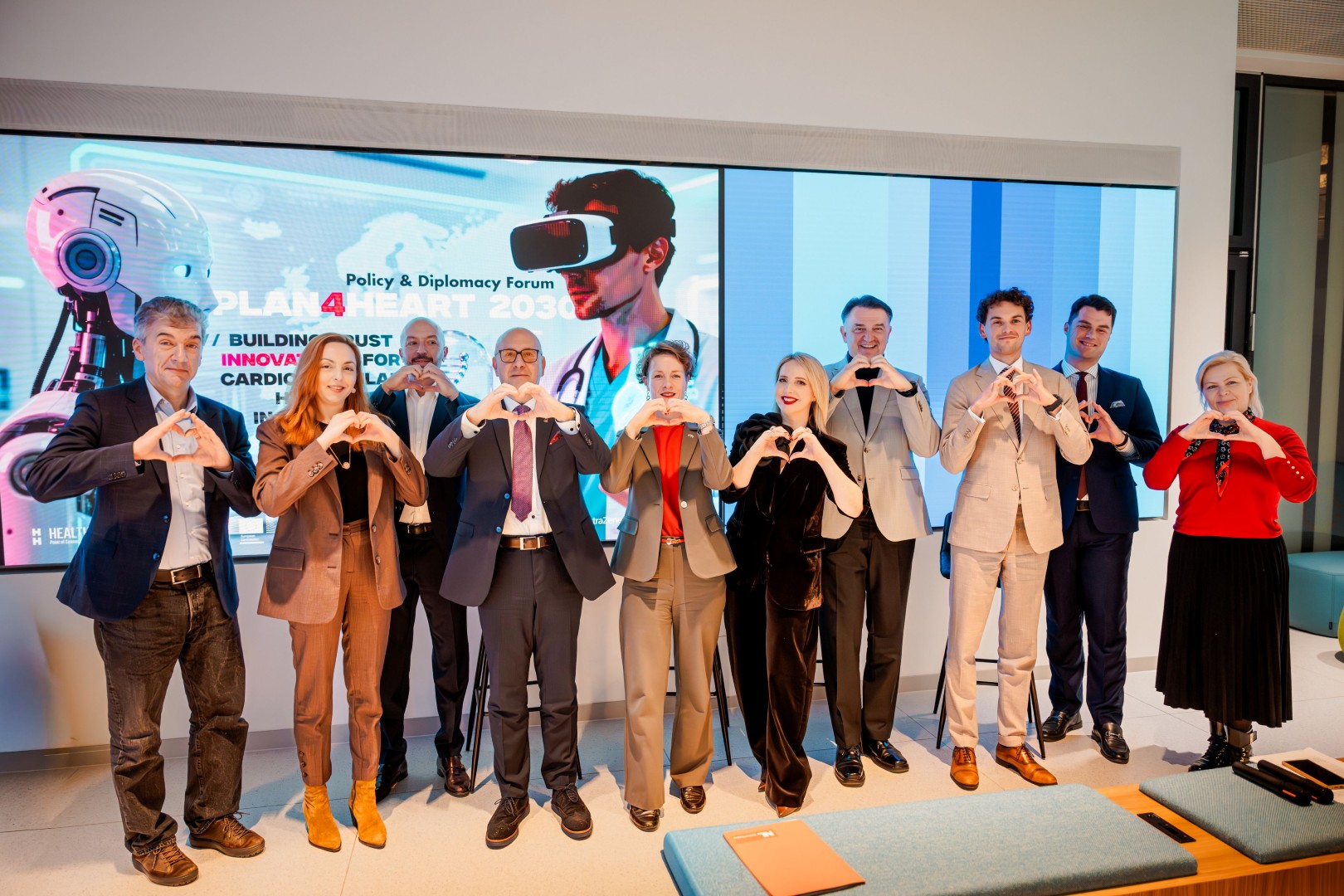Health Hub’s CEE Policy Summit – Gary Finnegan (Vaccines Today): “Getting the right message from the right messenger can really help to improve attitudes and uptake for vaccination”
ary Finnegan is a health journalist and the Editor of Vaccines Today. He shared some insights and observations based on their ten years expertise in communicating about vaccination online and in particular in the context of Policy Summit, some of the trends that we see across Europe over the longer term.
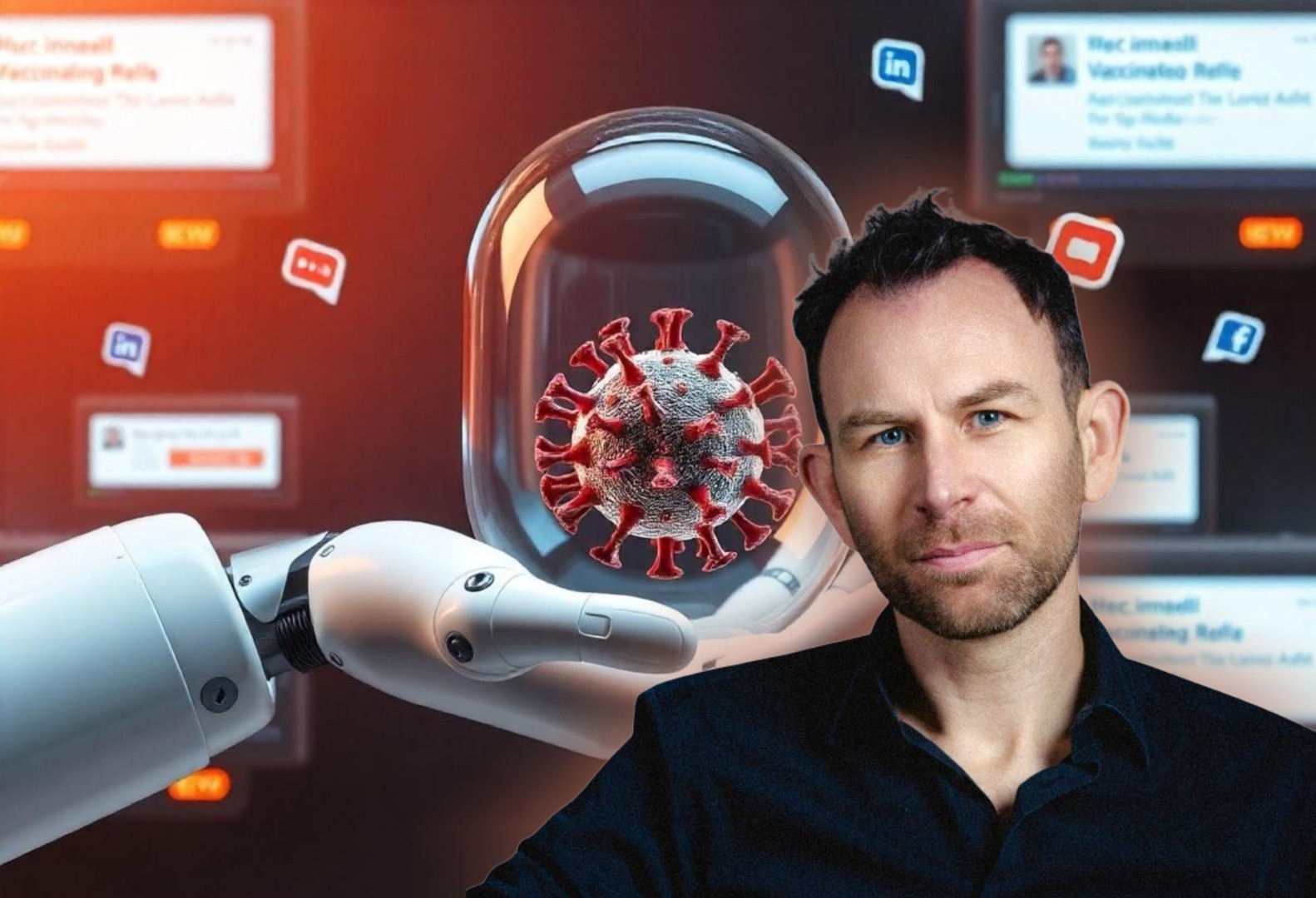
Gary Finnegan, health journalist and the Editor of Vaccines Today
Europe is a very diverse place, and we’re talking about Central and Eastern Europe and confidence in vaccines at the Policy Summit. But of course, there have been crises in confidence in Denmark and Ireland. France has its, its challenges. But but we’ll focus here on some of the trends that we see in Central and Eastern Europe. I would like to say few words about the messages needed to address this, and how coalitions can help to bring those messages to the audience.
The COVID-19 pandemic showed a clear distinction in uptake across Europe, and there was definitely lower rates, particularly in some Eastern Member States and this reflected what we’d previously seen and still see in flu vaccine uptake, where there is a target to vaccinate 75% of older people.
But several countries have a long way to go and equally with HPV vaccine uptake. There are big differences across the bloc.
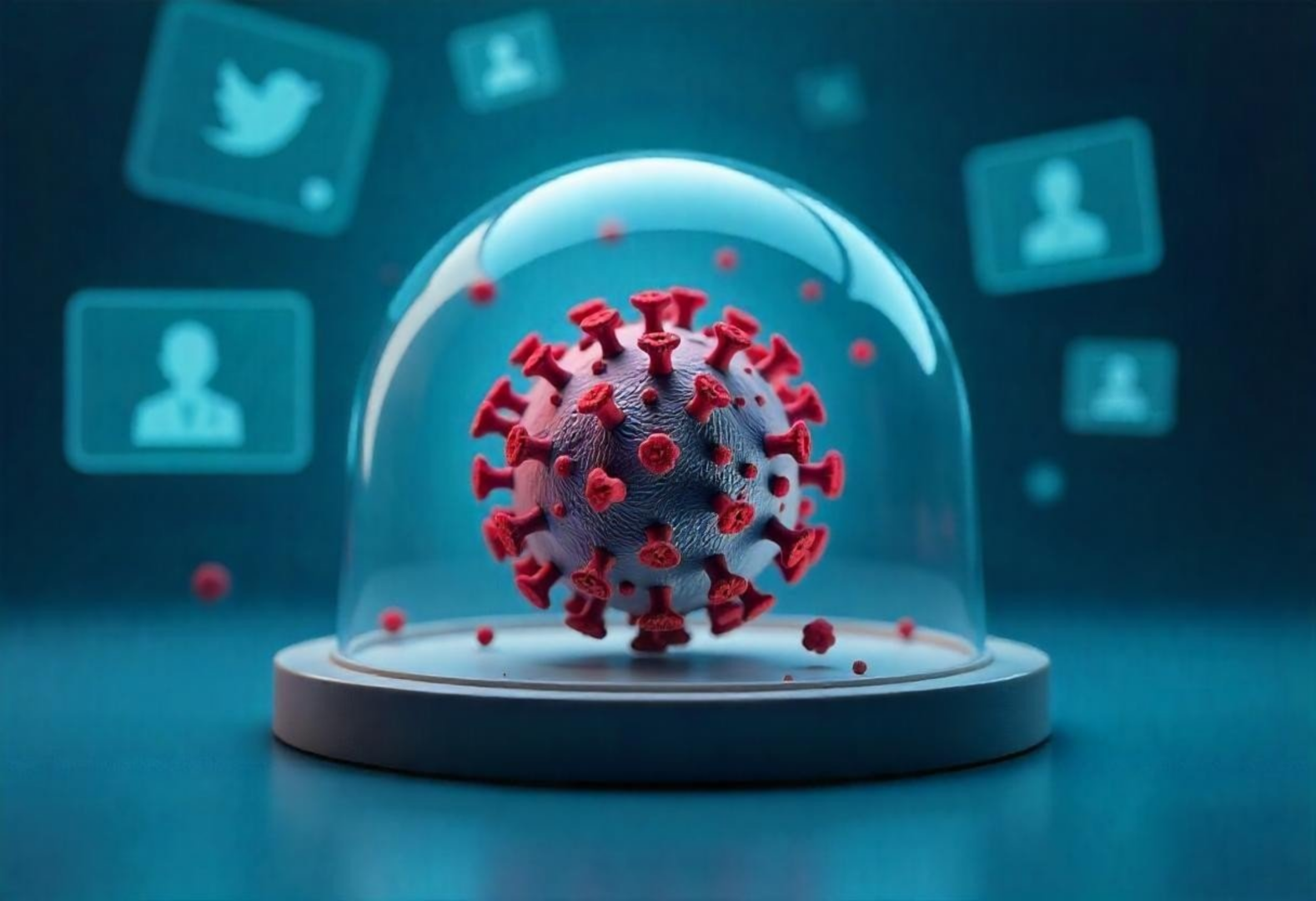
ECDC data shows trends and tell us that in terms of introducing new vaccines several of which will focus on adult adult populations, there would be a real challenge and potentially quite big differences in long term outcomes, including for things like cervical cancer elimination. HPV vaccine, of course, is for adolescents. But still, you could have a situation where within a generation, either a cervical cancer will be eliminated as a public health concern, or there would be big differences in the cancer rates in East and West of Europe, which we of course don’t want.
HPV map is also quite an interesting one, in terms of uptake of HPV vaccine and generally Northern and Western European countries have higher rates. But as I said, Denmark and Ireland have had big problems, which they have turned around through using coalitions. It’s natural for people to have questions about vaccines. And the important thing is that there are answers, evidence based answers in user friendly language and in a place and format that people want, so that can include social media platforms and probably should include videos and infographics now.
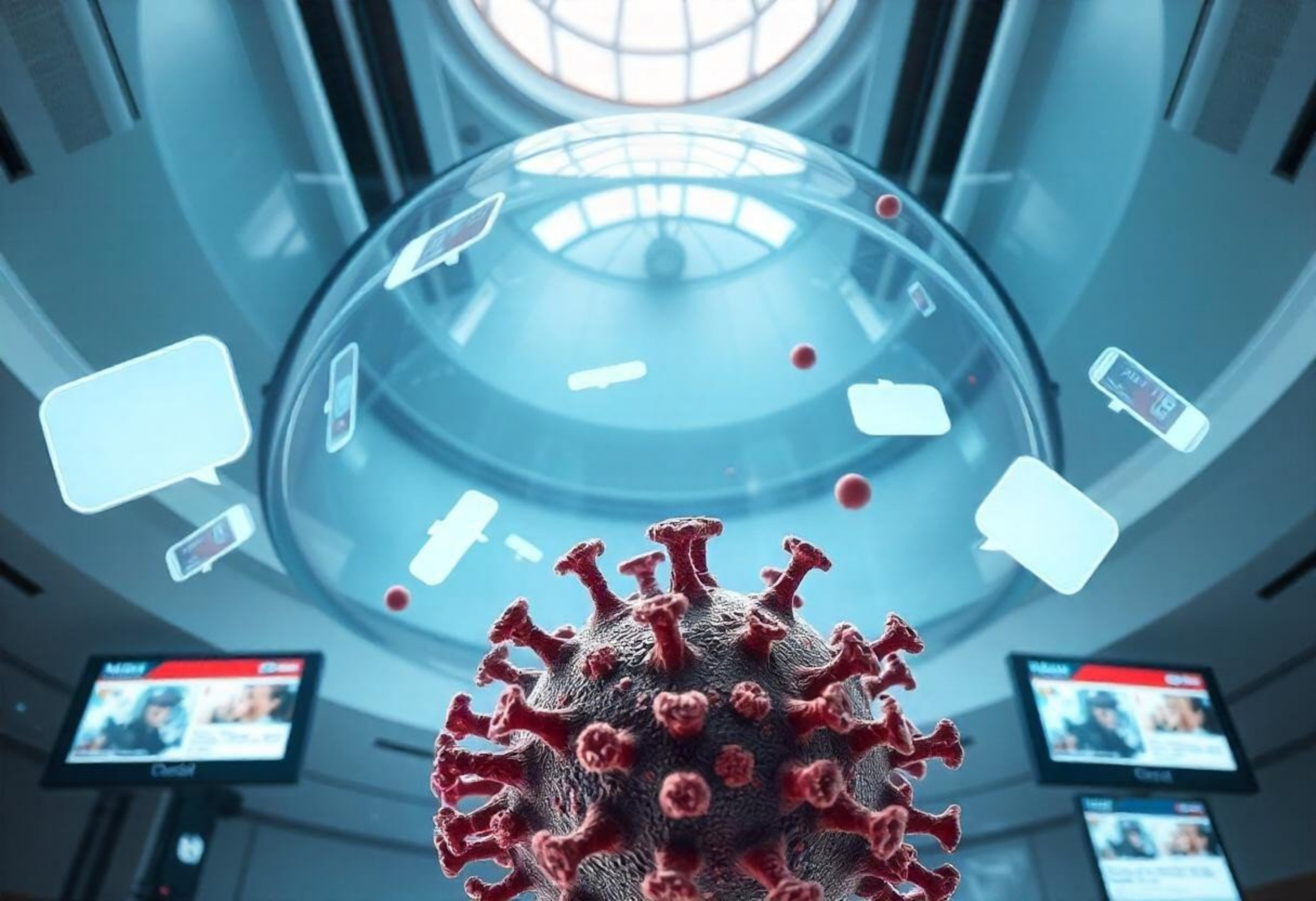
“Having an online hub that addresses questions and engages online, not just an information website or a broadcast medium, but somewhere with a dynamic interaction is really important.”
So having an online hub that addresses questions and engages online, not just an information website or a broadcast medium, but somewhere with a dynamic interaction is really important. Vaccines Today was launched after the flu pandemic over ten years ago and we are part of several coalitions and networks of networks, including the WHO’s Vaccine Safety Net, which is a list of accredited vaccine safety websites. These are very valuable because they they help us to to reuse each other’s material. You don’t have to reinvent everything. Probably if you want a cervical cancer article or a video, somebody has made one. And we can amplify each other’s impact.
By following our social media channels, we’re on most of the main ones. And equally, as I said, we have some material that you can use in several languages, this one translated for us by the European Pharmaceutical Students Association. This was a win win. They wanted videos for their own countries, we had the animation and so for no cost to anyone they translated into about 8 or 9 languages. I invite you to come and have a look at our YouTube channel. Vaccines Today is in a „network of networks“ and the Vaccine Safety Net is there, some of the coalitions that we’re in and networks of pharmacists and doctors and others.

I want to give an example from Ireland. HPV vaccine was very high at one point about ten years ago. Then there was a very negative anti-vaccine documentary on TV. Quite like the situation in Denmark. A year or two prior to this uptake fell to about 50%. And so a Coalition was launched. The interesting thing about this Coalition, and the reason I mention it here, is that it’s an alliance of mostly non-governmental actors (universities, charities, patient groups) and I think the value here is that when people look at these logos and these organizations, they find someone that they trust, an organization they trust, not necessarily a government organization or an industry organization, but a wide variety speaking with one voice, with clear messages and consistency. This helped in a huge way to increase, in this case, HPV vaccination. There was a plan to make this a national alliance for all vaccines, which as far as I can see, has not really happened. So this, I suppose, is the the problem is that coalitions need support on an ongoing basis.
“There are of course differences across Europe, but getting the right message from the right messenger can really help to improve attitudes to vaccination and therefore increase vaccination.”
In conclusion, yes, there are of course differences across Europe, but getting the right message from the right messenger can really help to improve attitudes to vaccination and therefore increase vaccination.
And as long as it’s easy and accessible to be vaccinated, coalitions are a powerful amplifier of of these messages. But it is vital to think of coalitions as infrastructure, as a part of the health resilience infrastructure that we have. And like any infrastructure like roads or internet infrastructure or lab networks, infrastructure requires investment and maintenance. So it’s great to set up strong coalitions and to share each other’s information. But we have to invest for the for the long term and continue to support these things.
